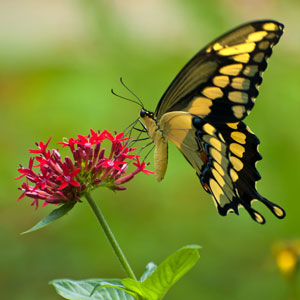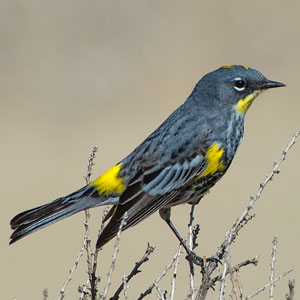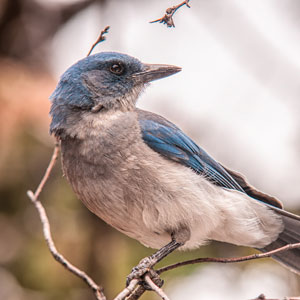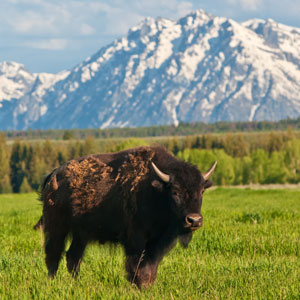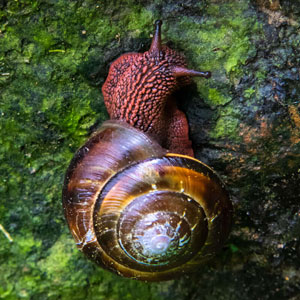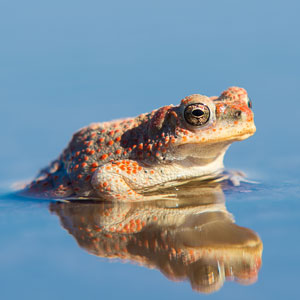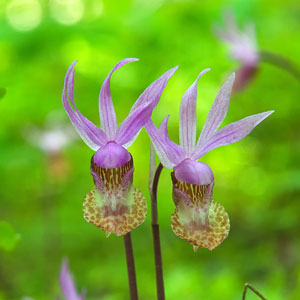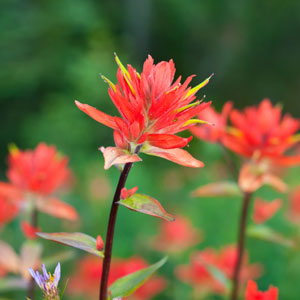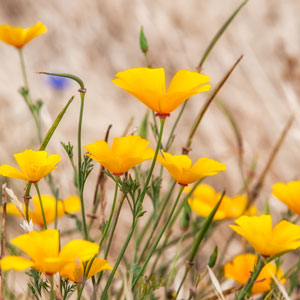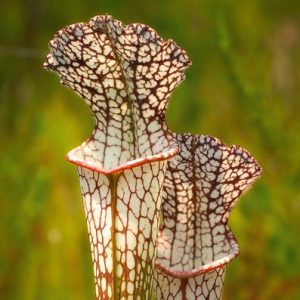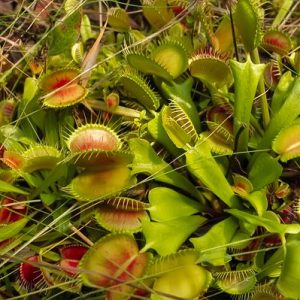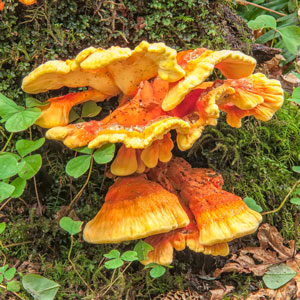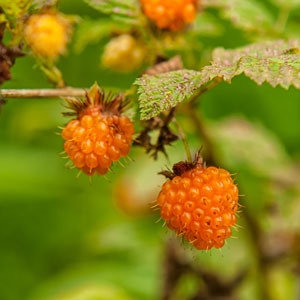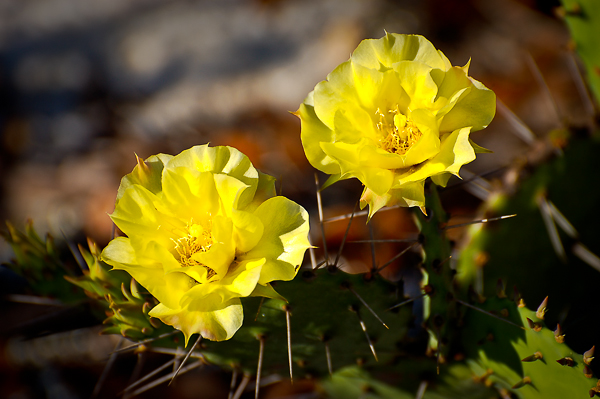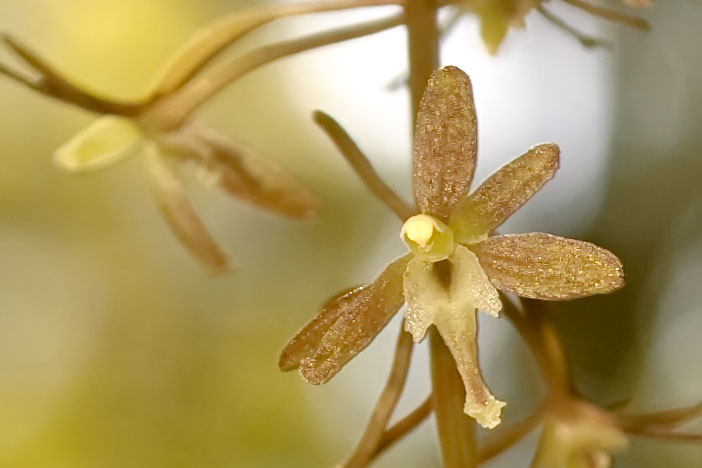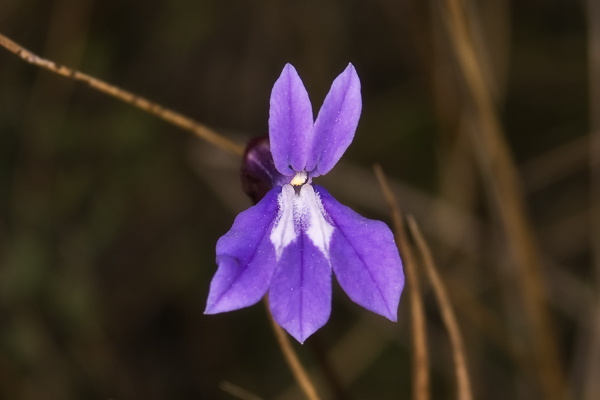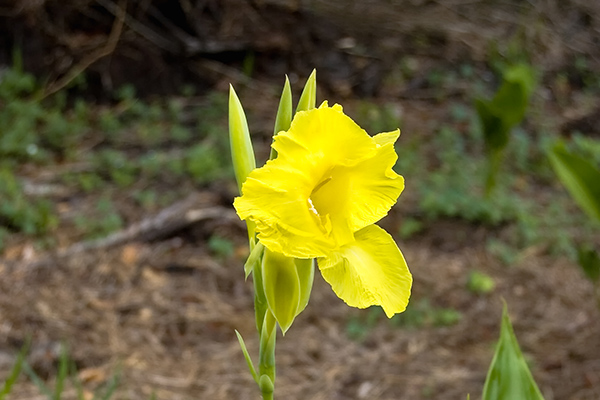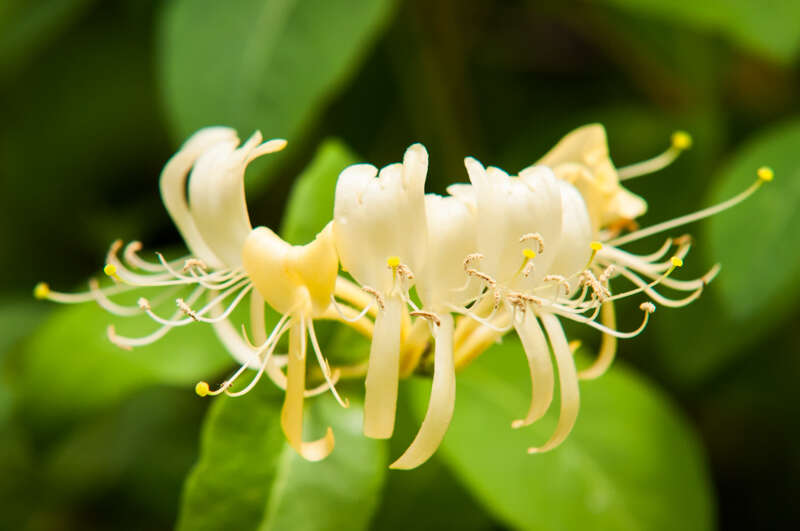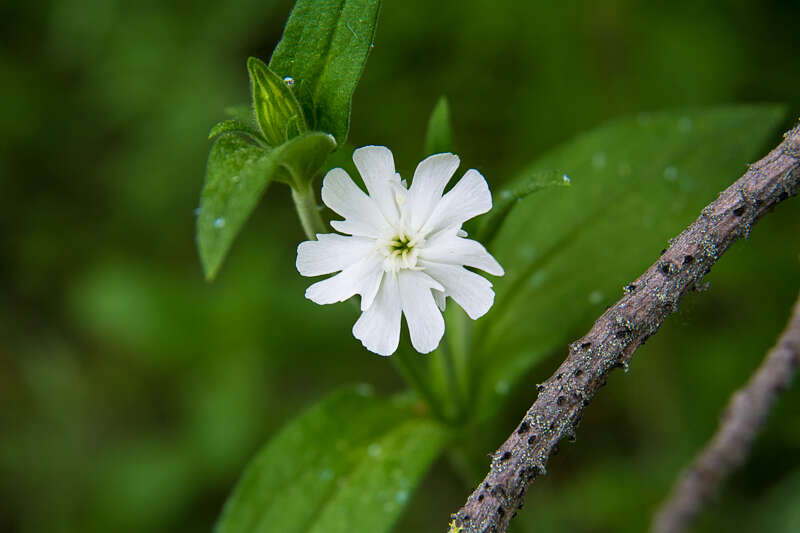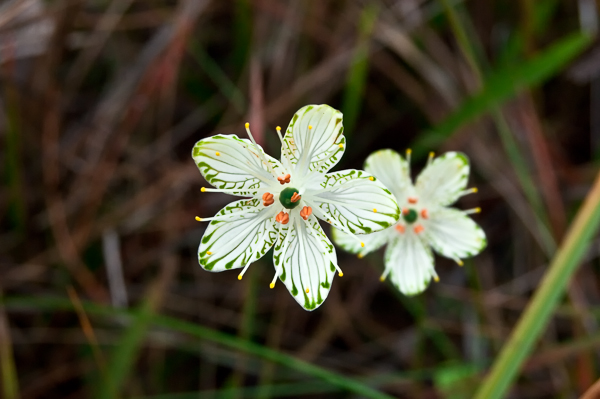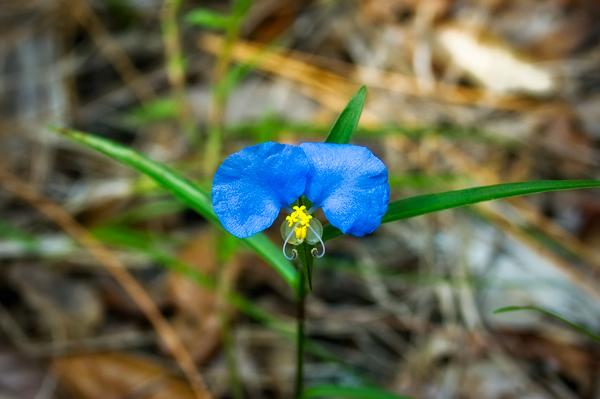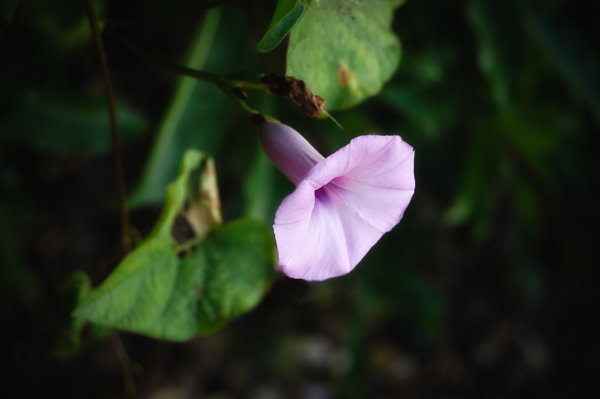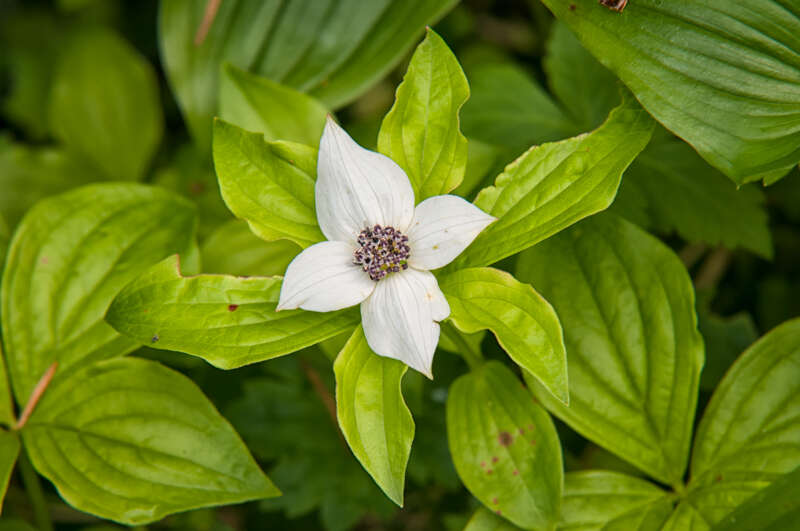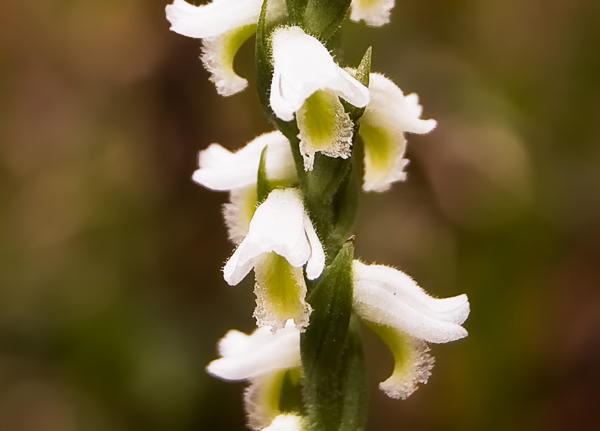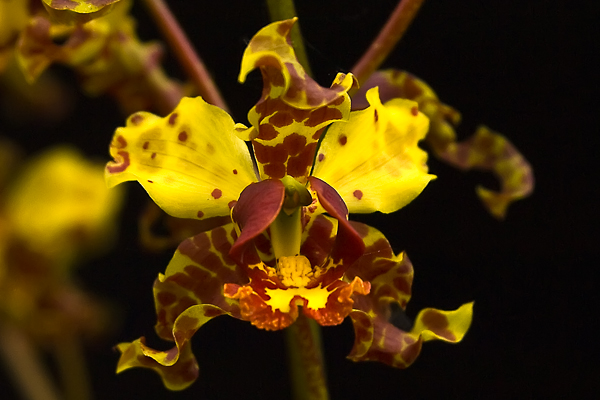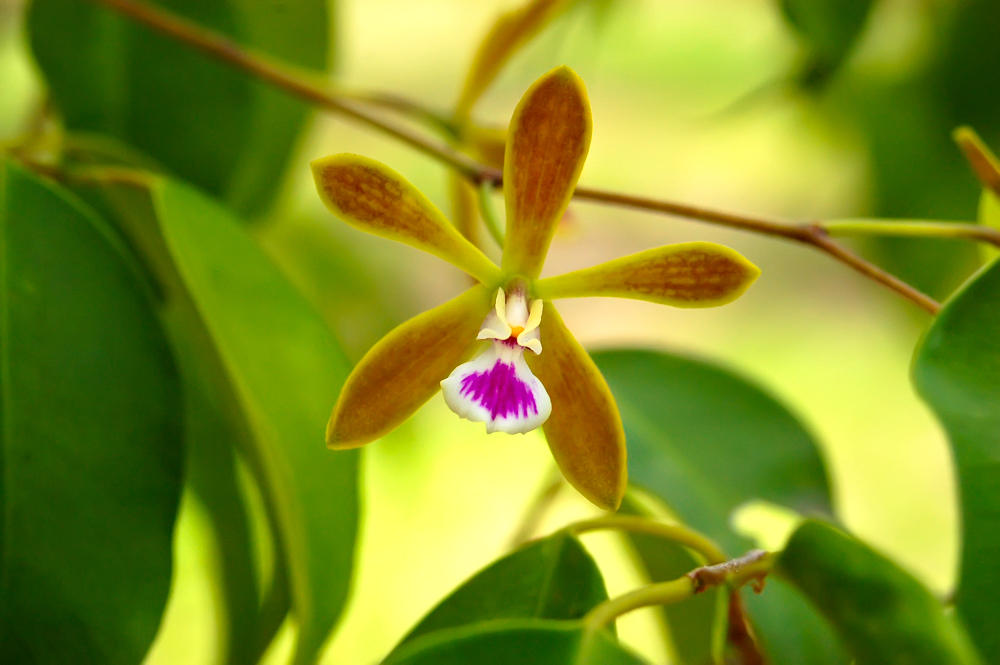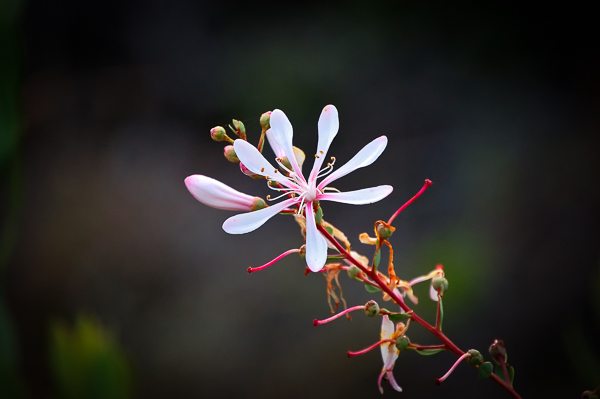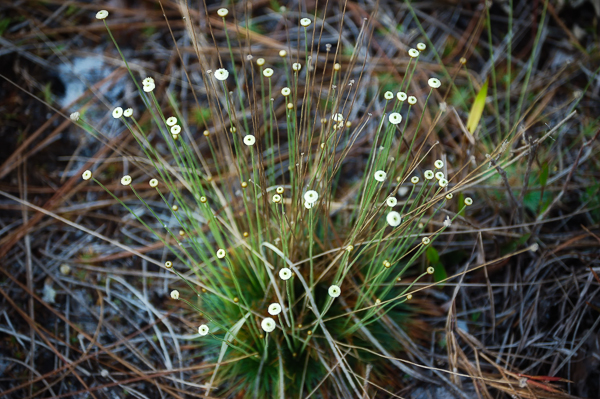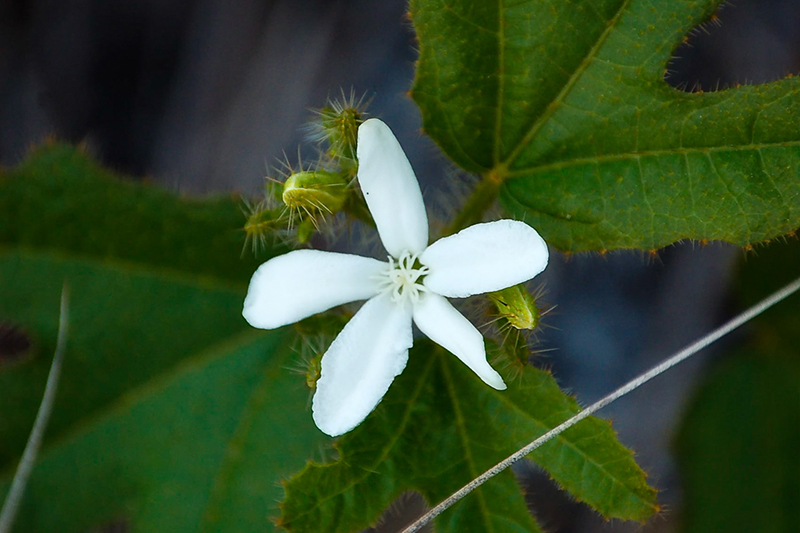Wildflowers by Family C-E
Cactaceae (Cactus Family)
Everyone knows what a cactus is, yet they are so difficult to define. A cactus is a succulent plant that has a particular pattern: many combined and merged sepals and petals (tepals), often hundreds of stamen, and usually numerous stigma lobes. They are typically found in arid climates and most of them have sharp spines that are actually modified branches. While all cacti are succulents, not all succulents are cacti.
Calypsoeae
Primarily a terrestrial orchid tribe found in East Asia, there are a few native genera found in North America, mostly in scattered populations in the Caribbean and Mexico, but a few such as the fairy slipper orchid that is found across large stretches of the United States and Southern Canada.
Campanulaceae (Bellflowers)
Found all over the world – particularly in cosmopolitan regions, members of the Campanulaceae family include harebells and bellflowers.
Cannaceae (Cannas)
Closely related to ginger, cannas are a tropical/sub-tropical flowering plant with large showy and colorful flowers, that are native from Southeastern North America to South America and are a very popular cultivated plant in gardens around the world.
Caprifoliaceae (Honeysuckle Family)
Sometimes a shrub, sometimes a vine, the most common members of the Caprifoliaceae family we see in the wild are our native or non-native honeysuckle species.
Caryophyllaceae (Carnation and Pink Family)
Important commercially as well as horticulturally, members of the Caryophyllaceae family include carnations, campions, chickweed, dianthus, and pinks. Interesting side note: one of the only two flowering plants native to Antarctica belongs to this group.
Celastraceae (Bog-stars)
Often also referred to the staff-tree family, or bittersweet family, a somewhat difficult to describe family of flowering plants with often thick leathery leaves and brightly colored fruits. Members of this family include grass-of-Parnassus, bog-stars and Oregon boxwood.
Commelinaceae (Spiderworts)
The dayflowers and spiderworts are an interesting group of worldwide tropical plants as all of their flowers are bisexual, and produce no nectar for their pollinators, who have to make do with just the pollen instead.
Convolvulaceae (Morning Glories)
Most everyone who knows anything about flowers can tell a morning glory from a non-morning glory. Most often found as vines, members of this family can be as wondrous and beautiful as they can be invasive and hard to get rid of, as in the case of field bindweed. Found in shades of blue, pink, purple and white, Convolvulaceae also include the commercially important food crop: the sweet potato!
Cornaceae (Dogwoods)
You can instantly tell a dogwood when you see it in flower, whether it is in the form a tall tree or a thick carpet of forest groundcover. What appears to be the distinct white flower with four petals is actually a cluster of tiny flowers surrounded by four white bracts, which are actually modified leaves! Dogwoods are favorites among outdoor enthusiasts along America’s east and west coasts, and the nectar from the tupelo tree found along the Florida Panhandle produces some of the very best honey in the world!
Cranichideae
The terrestrial orchids belonging to the Cranichideae tribe are widespread across North America with many species native across a vast number of habitat types. While several tropical species are only found at the extreme southern end of our continent, other species are found in great numbers high in the major mountain ranges and are even found frequently in Alaska!
Crassulaceae (Stonecrops)
Often bizarre, tough and hardy succulents, the stonecrop family is loved by many horticulturists for their often odd shapes and extreme hardiness. Often confused with cacti, most commonly known houseplant members of this family are the jade plant and kalanchoe. Most are found in very arid or very cold climates where access to water is limited.
Cymbidieae
Restricted to the southernmost portions of the United States in Florida, the pleasingly beautiful Cymbidieae tribe has few native species and only slightly more naturalized species. Almost entirely terrestrial, except for the couple members of the Cyrtopodioum genus in which one seems to grow on trees slightly above the ground, and the other which seems to prefer both.
Epidendreae
Epidendrums are the classics of our native wild orchids. Mostly limited to Florida, the Caribbean, and Mexico, they becoming increasingly more common south into the tropics, these highly variable epiphytic orchids grow harmlessly upon another plant getting water and nutrients through specialized roots that anchor it to the host plant or tree. These orchids can be very unusual in shape, color, but most prefer a damp and hot climate – usually near wetlands or in places with a lot of precipitation.
Ericaceae (Heather and Rhododendrons)
Typically found growing in more acidic soils where other plants can’t compete, members of the heather (or heath) family include some very important species both commercial and horticultural: blueberries, cranberries, huckleberries, rhododendrons and azaleas.
Eriocaulaceae (Pipeworts)
This mostly tropical family of plants are typically found growing places where the soil is wet for extended periods of time and are easily recognized by having grass-like, tapering leaves with almost spherical or disc-like clusters of many tiny flowers atop tall stems.
Euphorbiaceae (Spurge Family)
The spurge family is rather difficult to explain. They can be trees, shrubs, climbers or herbs. If you break one open, it could have a very milky, sticky latex, or not. And because they are often confused with cacti (which they are not related), they can have spines, or not. To make it even more confusing, they can come from wildly variable environments.


